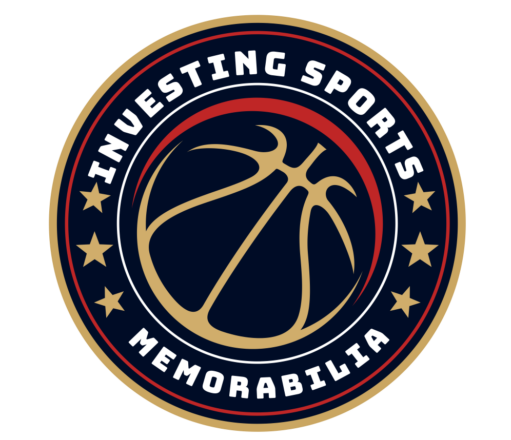The thriving sports memorabilia market continues to attract collectors willing to invest substantial sums in items of historical significance. However, how can these buyers, spending thousands or even millions of pounds, be certain that they are acquiring genuine artifacts?
When Michael Jordan’s No. 23 jersey from the opening game of the 1998 NBA Finals was auctioned, the staggering price of $10.1 million (£8.8 million) captured global attention. This item of match-worn memorabilia set a world record, with twenty bidders driven by the desire to possess this unique piece of history.
The sports memorabilia market features a broad spectrum of items, with numerous kits, equipment, and accessories exchanged annually through auction houses, specialist websites, and private collectors. As time passes, the challenge arises: how can one verify the authenticity of a jersey or pair of boots belonging to a specific player, and how are disputes over ownership resolved?
Hands off Fake Sports Memorabilia
Recent incidents shed light on these issues. A football shirt reportedly worn by Jim Baxter during Scotland’s victory over England in 1967 faced withdrawal from auction due to claims by two other parties asserting ownership of the authentic jerseys. Similarly, Diego Maradona’s family sought to halt the sale of his “Hand of God” shirt, alleging it wasn’t the one he wore during his famous 1986 World Cup performance.
Sotheby’s, known for its expertise in the field, employed a comprehensive approach to authenticate Maradona’s shirt. Their methodology included a meticulous record of the item’s provenance, supported by details of its exchange between Maradona and England midfielder Steve Hodge, documented in both players’ books. Furthermore, photo-matching specialists examined distinct features such as patches, stripes, and numbering, corroborating the authenticity.
David Convery, head of sporting memorabilia at Graham Budd Auctions, acknowledges the complexity of verifying an item’s history. He emphasizes the importance of initial assessment, often beginning with the vendor’s identity and history. Convery, drawing from his extensive experience, underscores the need for meticulous research to ensure the legitimacy of items. Adam Gascoigne, CEO of Graham Budd, adds that transparency and accurate descriptions are paramount, while also cautioning buyers to exercise diligence in their own research.
Gascoigne acknowledges the challenge posed by the temptation to counterfeit items as their value rises. He assures that reputable firms like theirs work diligently to prevent inauthentic items from reaching auction, but acknowledges occasional oversights. Despite these challenges, the ultimate goal remains preserving the integrity of the market and providing buyers the confidence to make informed purchases.
In summary, the buoyant sports memorabilia market’s success comes with the responsibility of ensuring the authenticity of items. Robust procedures, including provenance records, detailed examination of unique features, and expert review, play a pivotal role in maintaining the credibility of this niche market.


